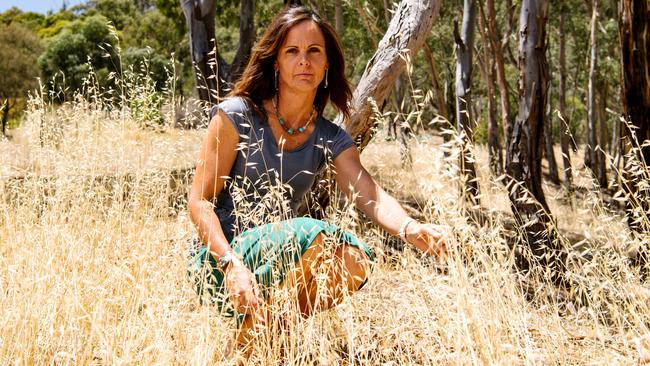Team of scientists examines five major fires including Kangaroo Island for future preparation
The Kangaroo Island fires of 2020 were its most severe ever, but climate change will bring more in future. These scientists are finding out how we can prepare.
SA News
Don't miss out on the headlines from SA News. Followed categories will be added to My News.
A South Australian weather expert is leading a national team of scientists who are searching for lessons from last year’s devastating bushfires.
Bureau of Meteorology fire weather research scientist Dr Mika Pearce’s team is looking at the effects of five major fires across the country – including on Kangaroo Island – and looking for better ways to prepare for major fires in the future.
“Spending the time to try to understand what happened, and what might happen next time, is really important,” Dr Pearce said.
Using a system that couples fire behaviour and the atmospheric influence, Dr Pearce and her team will assess the five fires – on Kangaroo Island and in Victoria, NSW, Western Australia and Queensland – that have been recognised as complex or extreme.
The coupling model, designed to suit the conditions of Australia, has never been used to assess SA.
Dr Pearce said the Kangaroo Island fire was chosen for several reasons.
“Mainly because it was such a complex fire, and the fire behaviour was so extreme … and there (were) a lot of unexpected fire behaviours, things like fire whirls, that developed really high flames, and it ran through really heavy fuels,” Dr Pearce said.

The team will combine communication with people fighting the fires, satellite data, information from weather stations, reports from the incident management teams, fuel load and wind speed, overnight burning and heatwave activity in its research.
Dr Pearce said that, historically, Kangaroo Island had a major fire every 10 years. Climate change had also made for much drier fuel loads.
“So it’s almost inevitable that Kangaroo Island will have another major fire,” she said.
“It’s a case of how do we learn from what happened last time, particularly in the changing climate, and making sure we’re applying those learnings.”
Dr Pearce began as a meteorologist at the BOM SA in 2002, and studied fire and emergency weather in a PhD project from 2010.
She spent at least two months in the State Operations Centre in NSW last year.
The research into last year’s fires began in Novem
ber and is expected to be completed in June.
The Federal Government, firefighting organisations in each state and land-management agencies will be briefed about the project as findings come to light.




